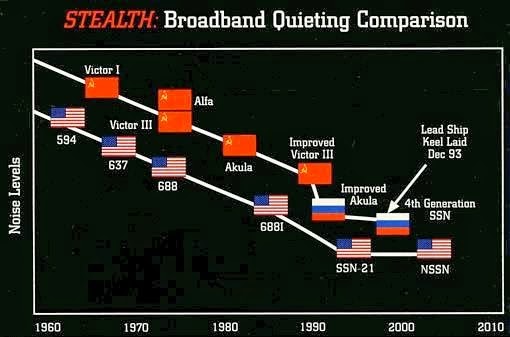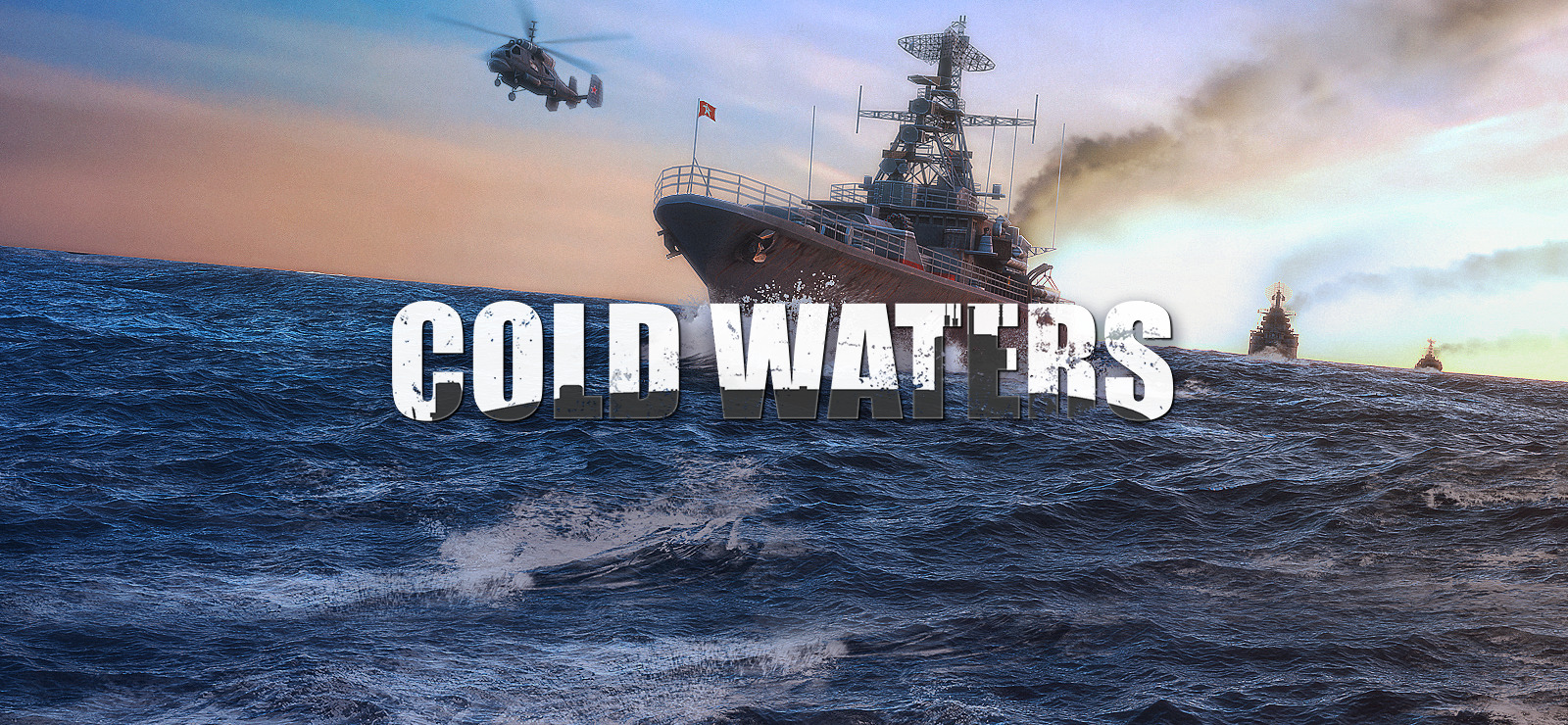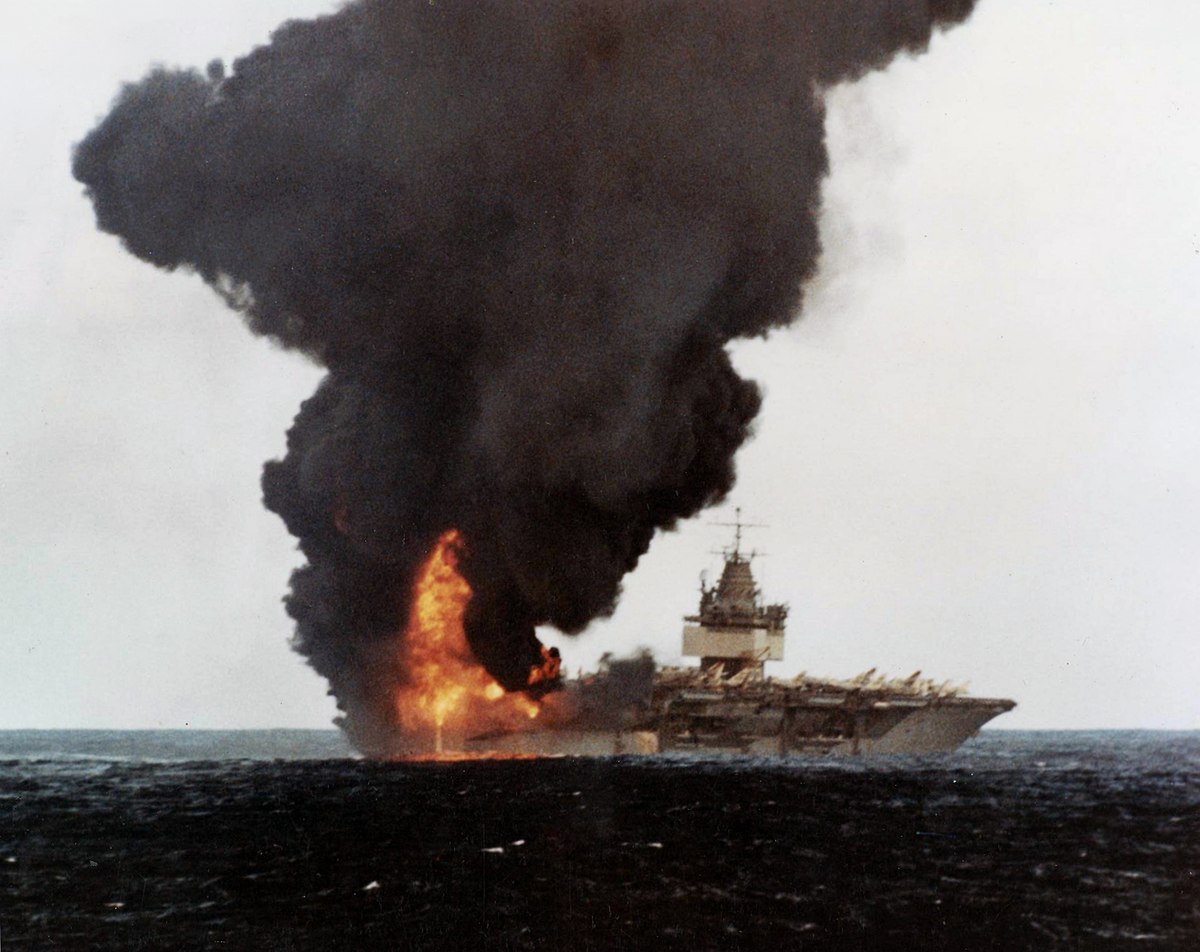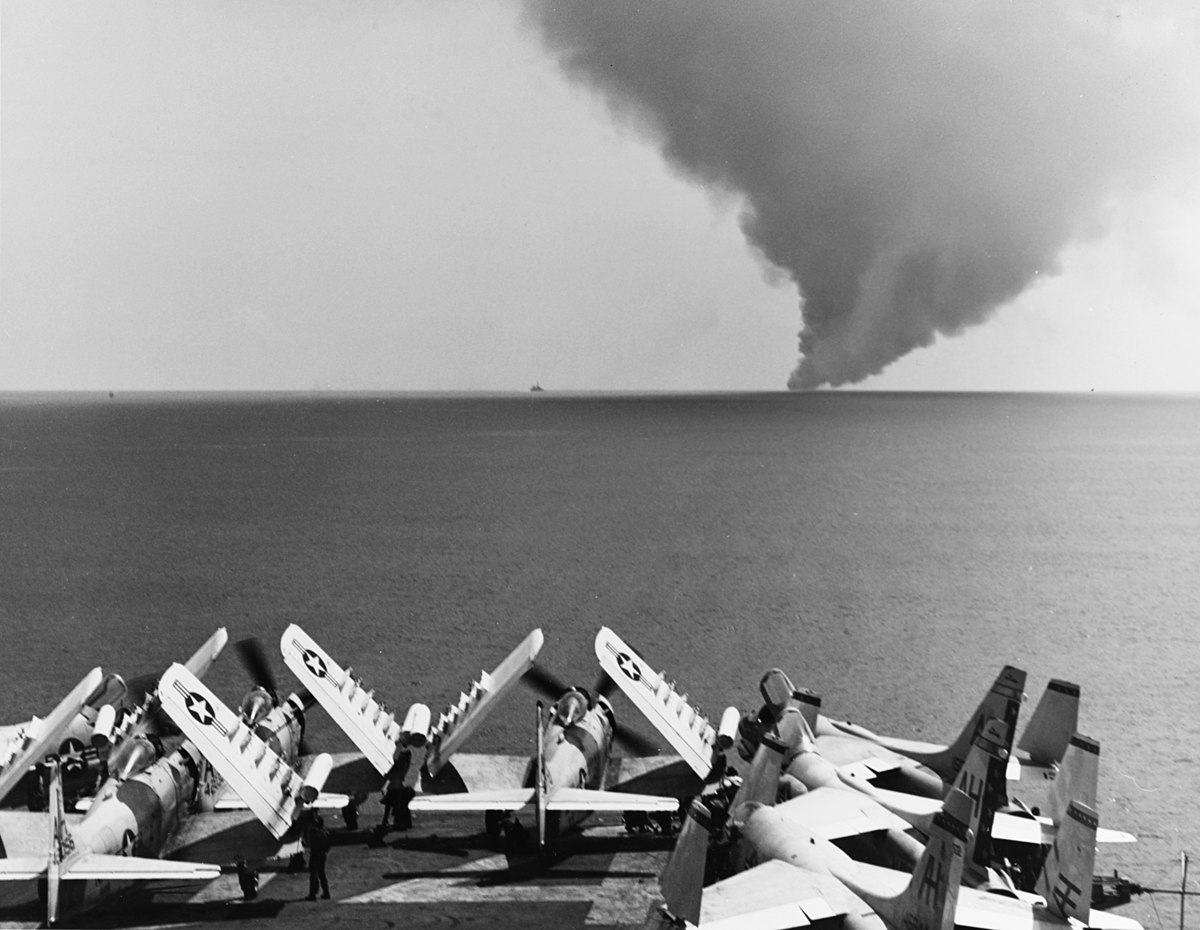A Russian Navy submarine armed with a strategic nuclear torpedo the size of a school bus was delivered to the Kremlin this week, according to an announcement from the shipyard.
Project 09852 Belgorod is based on a Russian Oscar-class guided-cruise missile submarine that has been altered to accommodate six 80-foot Poseidon nuclear torpedoes that could be armed with a warhead of up to 100 megatons, USNI News previously reported.
The submarine was delivered to the Russian Navy in a ceremony in at the Northern Fleet’s headquarters in Severodvinsk on Friday,
“The Belgorod submarine opens up new opportunities for Russia in conducting various research, allows conducting diverse scientific expeditions and rescue operations in the most remote areas of the world ocean,” according to a statement from Russian Navy chief Adm. Nikolai Anatolyevich Yevmenov.
“The ship is designed to solve diverse scientific problems, conduct search and rescue operations, and can also be used as a carrier of rescue deep-sea and autonomous unmanned underwater vehicles.”
Absent from the statement were images of the submarine or a description of the Poseidon weapons.
Poseidon, first revealed in 2015, is a nuclear strategic weapon that would have a range of thousands of miles and would “destroy important economic installations of the enemy in coastal areas and cause guaranteed devastating damage to the country’s territory by creating wide areas of radioactive contamination, rendering them unusable for military, economic or other activity for a long time,” according to a translation of a Russian presentation caught on camera by the BBC.
Russians have long complained about the strategic imbalance of American ballistic missile defense systems in Europe. Poseidon and Belgorod were created to mute the U.S. BMD advantage by creating a nuclear weapon that could duck under a U.S. BMD screen.
Belgorod is part of the Russian Navy’s specialized submarine fleet designed for espionage, deep-sea rescue and special operations operated by the Main Directorate of Deep Sea Research — known by the Russian acronym GUGI, (Glavnoye Upravleniye Glubokovodnykh Issledovaniy). The GUGI boats operate from an isolated Arctic base on the Kola Peninsula on the Barents Sea.
The Russians have also expanded their facilities in Severodvinsk, USNI News reported in August.
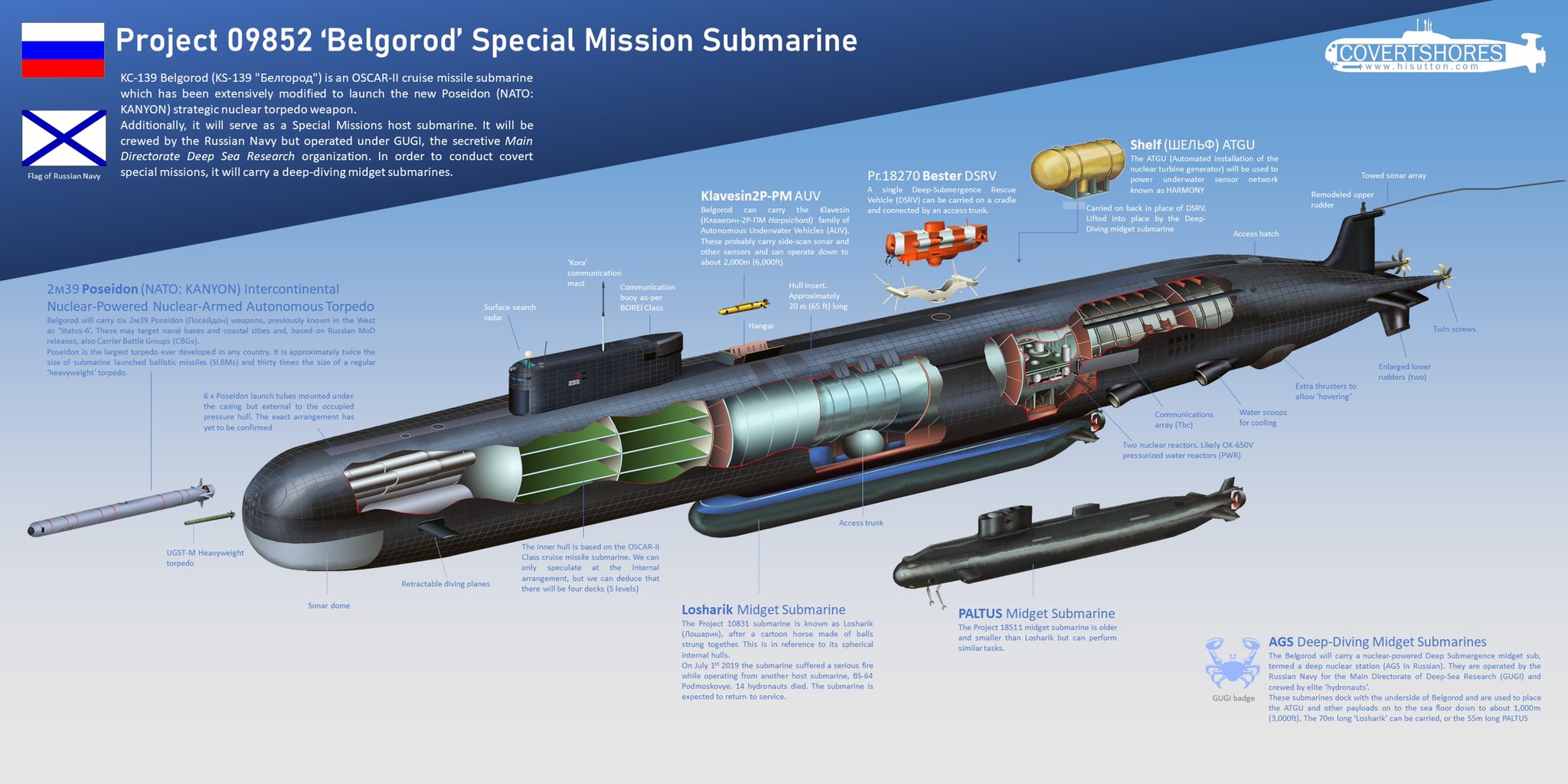
In addition to Poseidon, Belgorod can serve as a mothership for variety of crewed and unmanned submersibles for deep sea missions. Those submersibles include Losharik (A-12), a deep diving manned submersible that suffered a battery explosion in 2019 that killed 14 Russian submariners. The Russian Navy is currently repairing the boat, USNI News previously reported.
While the Russian Navy declined drastically following the end of the Cold War, its submarine force has remained a pressing concern for the Pentagon.
The Russians have put to sea a new generation of attack submarines armed with long-range cruise missiles capable of targeting European capitals from the North Atlantic.
In response to the Russian submarine threat, the Navy reestablished U.S. 2nd Fleet to create a theater anti-submarine warfare command in the Atlantic.
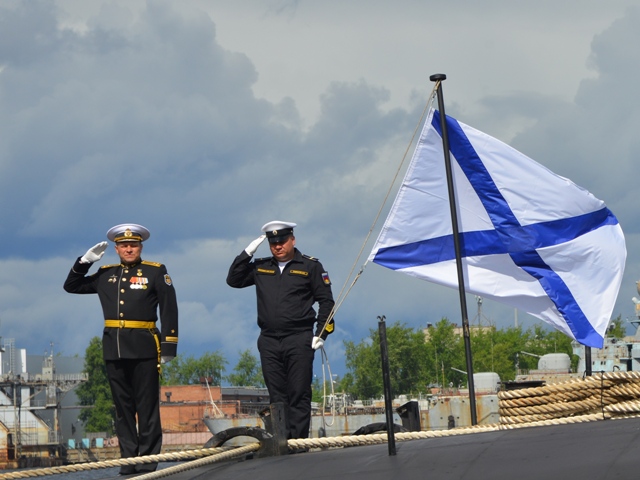
‘Doomsday’ Submarine Armed With Nuclear Torpedoes Delivers to Russian Navy - USNI News
A Russian Navy submarine armed with a strategic nuclear torpedo the size of a school bus was delivered to the Kremlin this week, according to an announcement from the shipyard. Project 09852 Belgorod is based on a Russian Oscar-class guided-cruise missile submarine that has been altered to...news.usni.org
"strategic nuclear torpedo the size of a school bus" IT is project which were developed by russian at 80's. It is OLD product.
It has so many side effects that russian stop the project. But they produced few torpedoes back then..............
In present russian propaganda NEED to show some Psudo NEW platforms in order to keep russian zombies together and they need to believe to something
Something which to show russians that they have new toys and they are not losing.
But reality is that russia lost the WAR................the more time past the more russia will loss..................and this will cost more for russia
As some people like to say "Show must go on and russians must be feed it with more propaganda"











